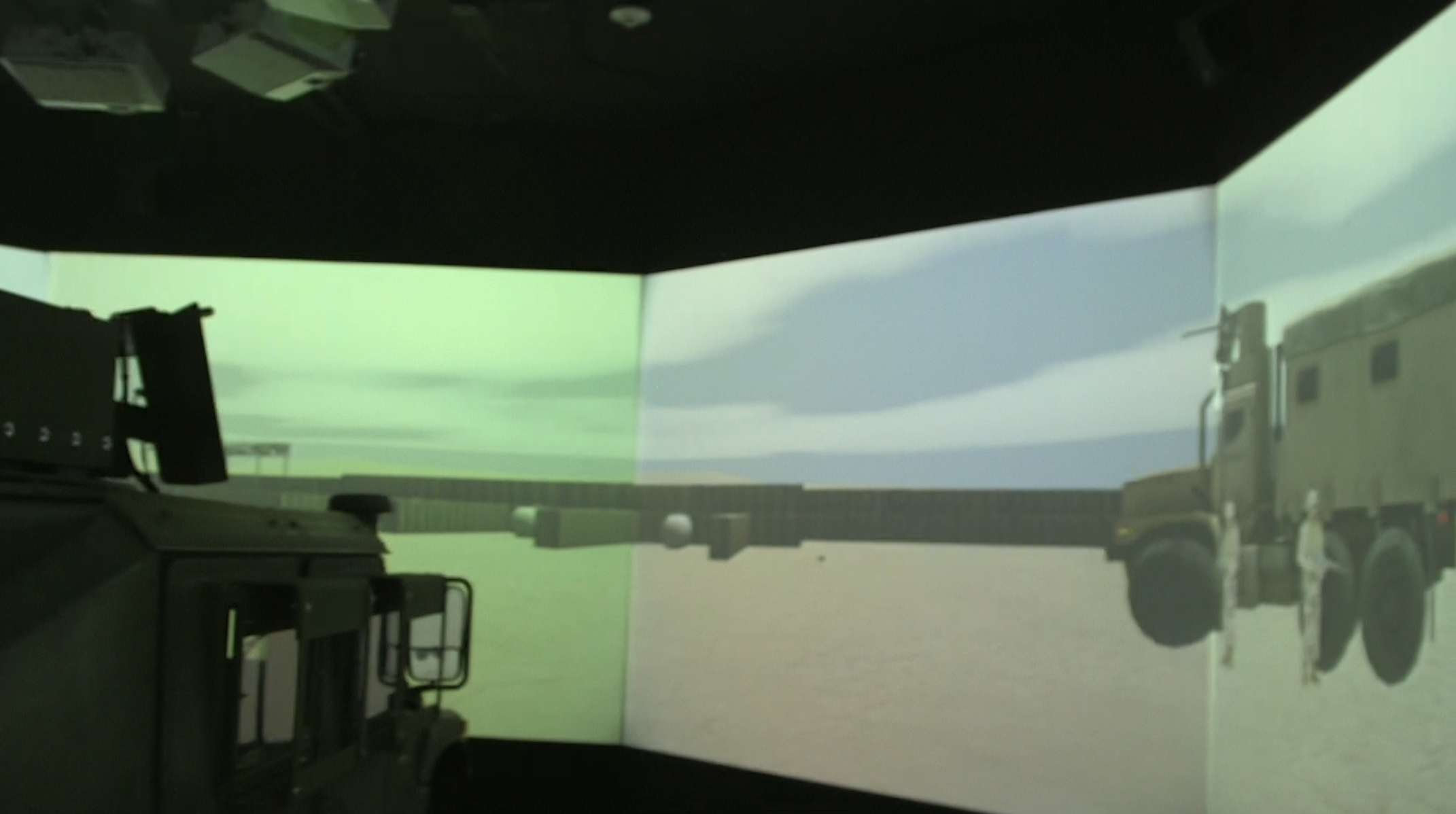TWENTYNINE PALMS, Ca. — After seeing a decade of heavy combat in two major wars, the lightweight M777 howitzer continues to be an integral piece of the U.S. military’s artillery strategy – as it looks forward to facing a range of new threats.
With the capacity to fire up to five 155mm rounds a minute, the M777 provides artillery units with pinpoint accuracy in long-range-fire for up to 18.6 miles, and the capability to transport the equipment quickly between locations.
At the Twentynine Palms Marine Corps Air Ground Combat Center, training prepares troops for scenarios when long distance precision fire is needed in support of maneuverable forces. These training operations take place on the Marine’s largest live-fire base with nearly 600,000 acres, aptly located in the desert and mountainous region of Southern California.
The Marines at Twentynine Palms were the first to receive the M777 when it became operational in 2005. Soon after it was used by the U.S. Army and Marines in Afghanistan in 2007, and Iraq in 2008.
“We provide fire support to the maneuverable forces,” said Lt. Col. Charlie Von Bergen, commanding officer of the 3rd Battalion 11th Marines at Twentynine Palms. That often means pinning down the enemy so U.S. troops can move.
Von Bergen spends just under a month training his battalions to locate enemy targets and aid forces to maneuver safely between checkpoints. During Von Bergen’s current training exercise they are working with three M777 howitzers, but would typically have six in combat.
“We do things to produce a certain effect out on the battlefield, whether it is to delay, destroy, divert, suppress or neutralize somebody,” said Capt. Andrew Reaves who oversees the howitzer sections for the battalion.
The 3rd battalion is practicing with high explosive white phosphorus, smoke and alum flares round. “It’s like flipping on a light switch,” said Capt. Richard Whalen of the alum flares. During the exercises, Whalen’s unit maps the known enemy targets and locations of impacted rounds, as well as ammunition levels of each type of firepower.
To continue to be effective in evolving warfare, the newest M777 system weighs in at less than 8,000 pounds, the first howitzer to be less than 10,000 pounds and almost half the weight of the previous iteration.
Col. Don Paquin says he remembers primarily using the M777 for its forcible entry fire support capability to attain footholds and wait for follow-on force to expand their ground in the Middle East. In both Iraq and Afghanistan, he said the artillery weapon is “pretty dog-gone good.”
“It’s iterative and its constant,” said Paquin, a light artilleryman studying National Security Strategy at the National War College. He believes the current M777 A2 model accomplishes exactly what it was designed to do.
“With toad systems you always want a faster way of emplacing and displacing the system,” he said. When he first joined the military he used the previous M198 howitzer, which required a crew of nearly twice the five-man crew of the M777.
With the recent A2 upgrade to the M777, the howitzer now has increased digital capabilities. “The howitzer always knows where it is,” said Paquin, who does not believe there is a need for concern in relying solely on digital GPS for aiming the weapon. “We trust the technology.”
Paquin said that there are backups to the digital technologies allowing troops to trust the equipment they have.
While strategic warfare’s complexity grows with the use of drones and unmanned aerial vehicles, the M777 howitzer artillery system will have many years left in modern warfare.






